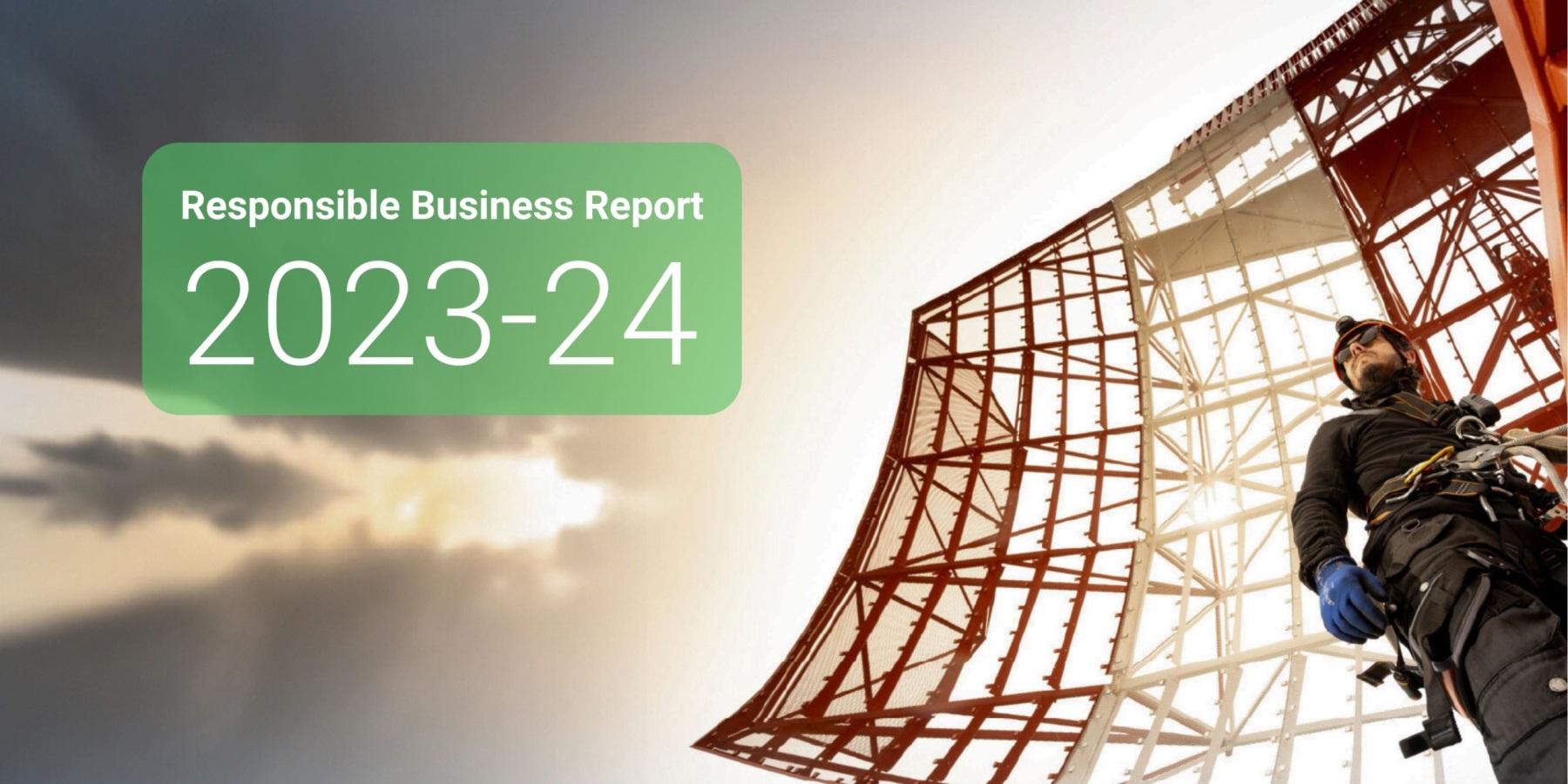IATA reports passenger and freight growth in 2018

Although the 2018 global passenger traffic results represented a slowdown compared to the 2017 annual growth of 8.0%, it was another year of above-trend growth. Full year 2018 capacity climbed 6.1%, and load factor edged up 0.3 percentage point to a record 81.9%, exceeding the previous high set in 2017.
December RPKs rose 5.3% against the same month in 2017, the slowest year-over-year pace since January 2018 and a continuation of the trend that saw demand growth decelerate to an annualised rate of 5% over the course of the 2018 second half compared to a 9% pace in the first half.
Alexandre de Juniac, IATA’s Director General and CEO said: “2018 was another year of strong passenger demand, as aviation continued to support the global economy. We expect similar, if somewhat moderating performance in 2019. Nevertheless, slowing growth in the second half of 2018, coupled with concerns over issues including Brexit and US-China trade tensions, are creating some uncertainty to this positive outlook,” said Alexandre de Juniac, IATA’s Director General and CEO.
International Passenger Markets
International passenger traffic in 2018 climbed 6.3% compared to 2017, down from 8.6% annual growth the year before. Capacity rose 5.7% and load factor climbed by 0.4 percentage point to 81.2%. All regions recorded year-over-year increases in traffic, led by Asia-Pacific. However, North America and Africa were the only two regions to post stronger demand growth in 2018 compared to the prior year’s performance
• Asia-Pacific airlines’ 2018 traffic rose 7.3%, compared to 2017, driven by robust regional economic expansion and an increase in route options for travelers. Although this was a slowdown from the 10.5% year-over-year growth recorded in 2017 versus 2016, it was strong enough to lead all the regions for a second consecutive year. Capacity rose 6.4%, and load factor ticked up 0.7 percentage point to 80.6%.
• European carriers’ international traffic climbed 6.6% in 2018 compared to the previous year, which was down from 9.4% growth the year before. Capacity rose 5.9% and load factor increased 0.6 percentage point to 85.0%, which was the highest for any region. On a seasonally-adjusted basis, traffic growth has softened a bit in recent months, likely owing, in part, to uncertainty over the economic backdrop and Brexit.
• Middle East carriers’ traffic increased 4.2% last year, down from 6.9% growth in 2017. It was the second year in a row of moderating demand growth. Capacity climbed 5.2% and load factor slipped 0.7 percentage point to 74.7%. The deceleration in growth reflects the impact of policy measures and geopolitical tensions, including travel restrictions and the temporary ban on large portable electronic devices. Traffic actually declined 0.1% year-on-year in December, but this may reflect volatility in data.
• North American airlines had their fastest demand growth since 2011, with full-year traffic rising 5.0% compared to 2017, an increase from 4.7% annual growth in 2017. Here too, however, demand growth slackened noticeably in the last two quarters. This may be owing to increasing concerns over the US economic outlook and trade tensions with China. Capacity climbed 3.7%, and load factor edged up 1.0 percentage point to 82.6%, second highest among the regions.
• Latin American airlines’ traffic climbed 6.9% in 2018, a slowdown compared to 8.8% annual growth in 2017. Capacity rose 7.7% and load factor dipped 0.6 percentage point to 81.8%. Traffic was affected by the mid-year general strikes in Brazil as well as by political and economic developments in some of the region’s other key economies.
• African airlines saw 2018 traffic rise 6.5% compared to 2017, which was an increase compared to 6.0% annual growth in 2017. The strong performance took place in spite of the mixed economic backdrop of the continent’s largest economies, Nigeria and South Africa. Capacity rose 4.4%, and load factor jumped 1.4 percentage points to 71.0%.
Domestic Passenger Markets
Domestic air travel climbed 7.0% last year, which was unchanged from the rate in 2017. All markets showed annual growth, led by India and China, which both posted double-digit annual increases. Capacity rose 6.8% and load factor was 83.0%, up 0.2% percentage point compared to 2017.
• India’s domestic market posted the fastest full-year domestic growth rate for the fourth consecutive year, with an 18.6% annual demand increase. Domestic demand is underpinned by robust economic expansion and increasing numbers of city pairs.
• Australia represented the opposite picture, as annual traffic rose just 1.4%, although this was a slight increase over the rate of 2017.
De Juniac said: “Aviation continued to demonstrate why it is the Business of Freedom in 2018. We safely transported more than 4.3 billion passengers. These people used air connectivity to conduct trade and business, reunite with friends and loved ones, explore the world, and, in some cases even to begin new lives. Aviation makes the modern world possible, but we depend on borders that are open to people and trade to be effective. In 2019, we will be strong advocates against a rising tide of protectionism and trade conflict, so that the Business of Freedom can continue to do its part to make the world a more prosperous and happier place.”
Air Freight
IATA's full-year 2018 data for global air freight markets showing that demand, measured in freight tonne kilometres (FTKs) grew by 3.5% compared to 2017. This was significantly lower than the extraordinary 9.7% growth recorded in 2017.
Freight capacity, measured in available freight tonne kilometers (AFTKs), rose by 5.4% in 2018, outpacing annual growth in demand. This exerted downward pressure on the load factor but yields proved resilient.
Air cargo’s performance in 2018 was sealed by a softening in demand in December. Year-on-year, December demand decreased by 0.5%. This was the worst performance since March 2016. Freight capacity, however, grew by 3.8%. This was the tenth month in a row that year-on-year capacity growth outstripped demand growth.
International e-commerce grew in 2018 which was a positive factor for the year. Yet, there was a softening of several key demand drivers:
• The restocking cycle, during which businesses rapidly built up inventories to meet demand, ended in early 2018;
• Global economic activity weakened;
• The export order books of all major exporting nations, with the exception of the US, contracted in the second half of 2018;
• Consumer confidence weakened compared to very high levels at the beginning of 2018.
Alexandre de Juniac said: “Air cargo demand lost momentum towards the end of 2018 in the face of weakening global trade, sagging consumer confidence and geopolitical headwinds. Still, demand grew by 3.5% compared to 2017. We are cautiously optimistic that demand will grow in the region of 3.7% in 2019. But with the persistence of trade tensions and protectionist actions by some governments there is significant downside risk. Keeping borders open to people and to trade is critical.
“To attract demand in new market segments, the air cargo industry must improve its value proposition. Enabling modern processes with digitalization will help build a stronger foothold in e-commerce and the transport of time- and temperature-sensitive goods such as pharmaceuticals and perishables.”

Regional Performance
Airlines in all regions with the exception of Africa reported an annual increase in demand in 2018.
- Asia-Pacific carriers posted the weakest growth of any region in December 2018 with a decrease in demand of 4.5% compared to the same period a year earlier. Capacity increased by 2.6%. The weaker performance in December contributed to growth in freight demand of only 1.7% in 2018 compared to 2017. Annual capacity increased 5.0%. The weaker performance of Asia-Pacific carriers in 2018 largely reflects a slowing in demand for exports from the region’s major exporters (China, Japan and Korea). Signs of a moderation in economic activity in China and an escalation of trade tensions continue to pose a downside risk to air cargo in Asia-Pacific.
- North American airlines posted the fastest growth of any region for the seventh consecutive month in December 2018 with an increase in demand of 2.9% compared to the same period a year earlier. Capacity increased by 4.5%. This contributed to an annual growth in demand in 2018 of 6.8%, matching the rate of capacity increase. The strength of the US economy and consumer spending have helped support the demand for air cargo over the past year, benefiting US carriers.
- European airlines posted a 1.9% year-on-year increase in freight demand in December 2018 and a capacity rise of 3.7%. The improved performance in December contributed to an annual growth in demand for air cargo of 3.2% in 2018. Capacity increased by 4.3% in the same year. Weaker manufacturing conditions for exporters, particularly in Germany, one of Europe’s key export markets, along with mixed economic indicators impacted demand in 2018.
- Middle Eastern carriers’ freight volumes increased 0.1% year-on-year in December and capacity increased 4.5%. This contributed to an annual increase in demand of 3.9% in 2018 – the third fastest growth rate of all the regions. Annual capacity increased 6.2%. The region continues to be affected by geopolitical issues.
- Latin American airlines experienced a decrease in year-on-year demand of 0.1% in December after three months of positive growth. Capacity increased by 6.0%. Despite a decrease in demand, it’s worth noting that the within South America market continues to perform strongly, with international demand up almost 20% year-on-year. Annual growth in freight demand among Latin America carriers in 2018 increased by 5.8% - the second fastest of all regions. Annual capacity increased 3.4% in 2018.
- African carriers’ saw freight demand decrease by 2.2%, in December 2018, compared to the same month in 2017. This was significantly less than the 9.4% decrease the previous month. Capacity increased by 4.9% year-on-year. It’s worth noting that seasonally-adjusted international freight volumes, despite being 7.7% lower than their peak in mid-2017, are still 50% higher than their most recent trough in late-2015. Annual growth in freight demand among Africa carriers in 2018 decreased by 1.3% and capacity grew by 1%.












